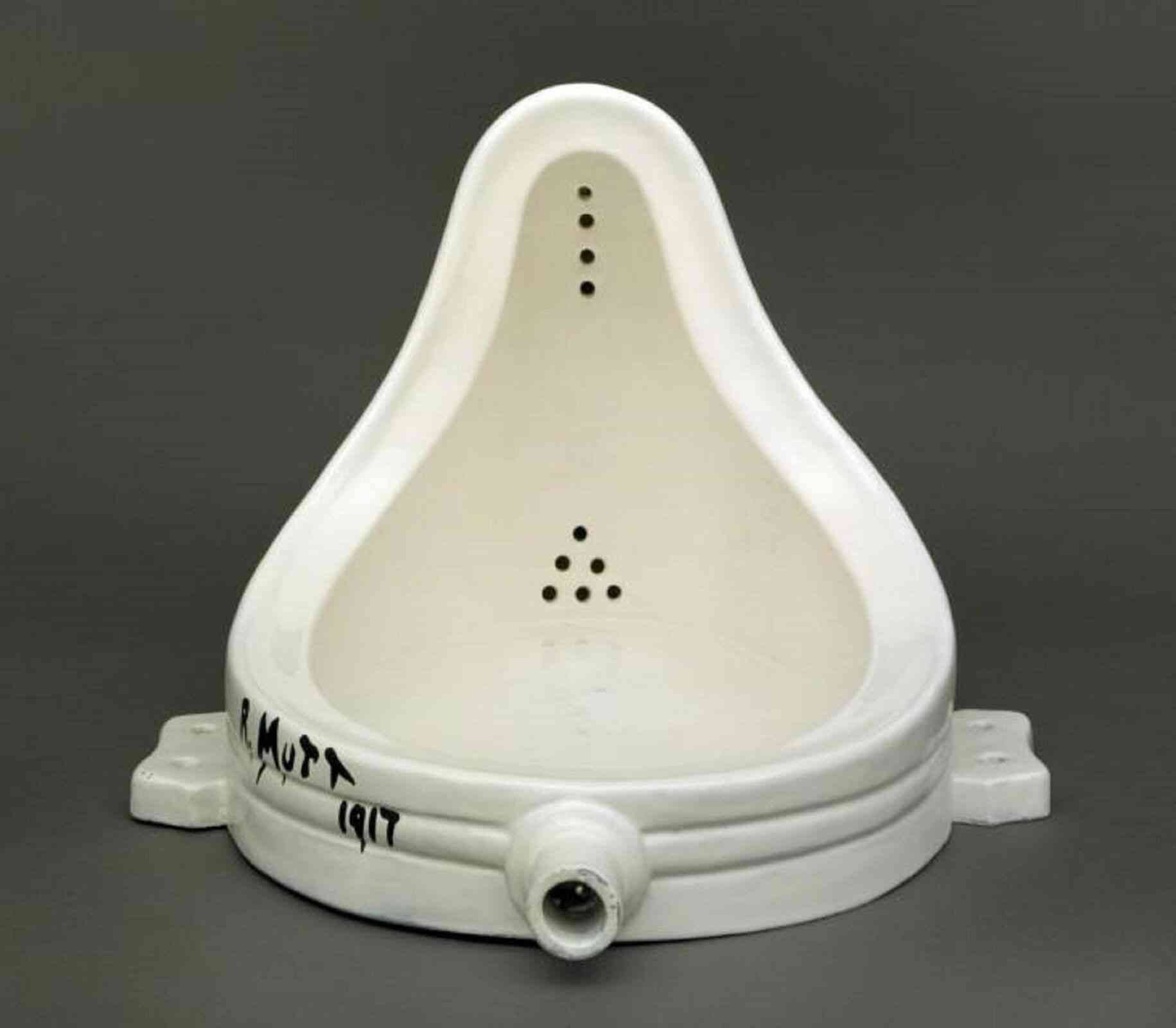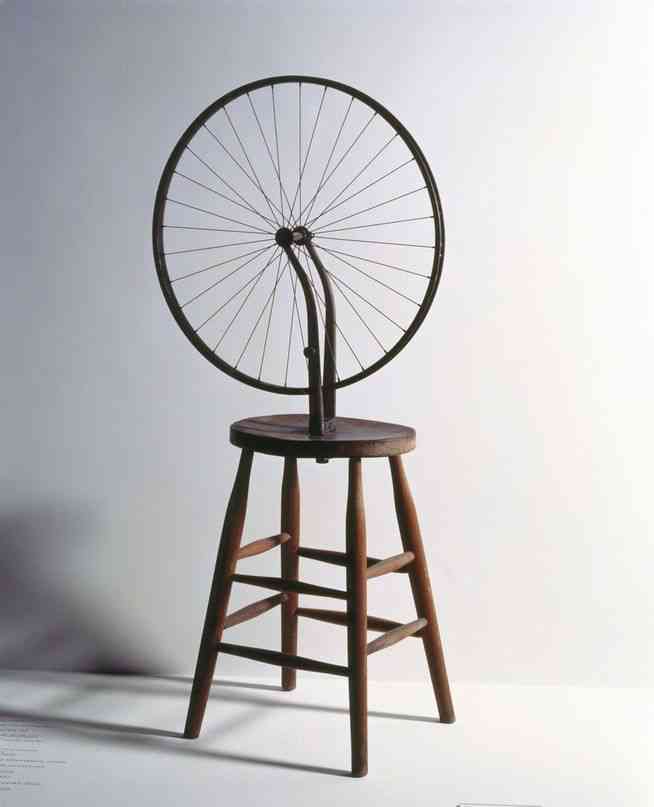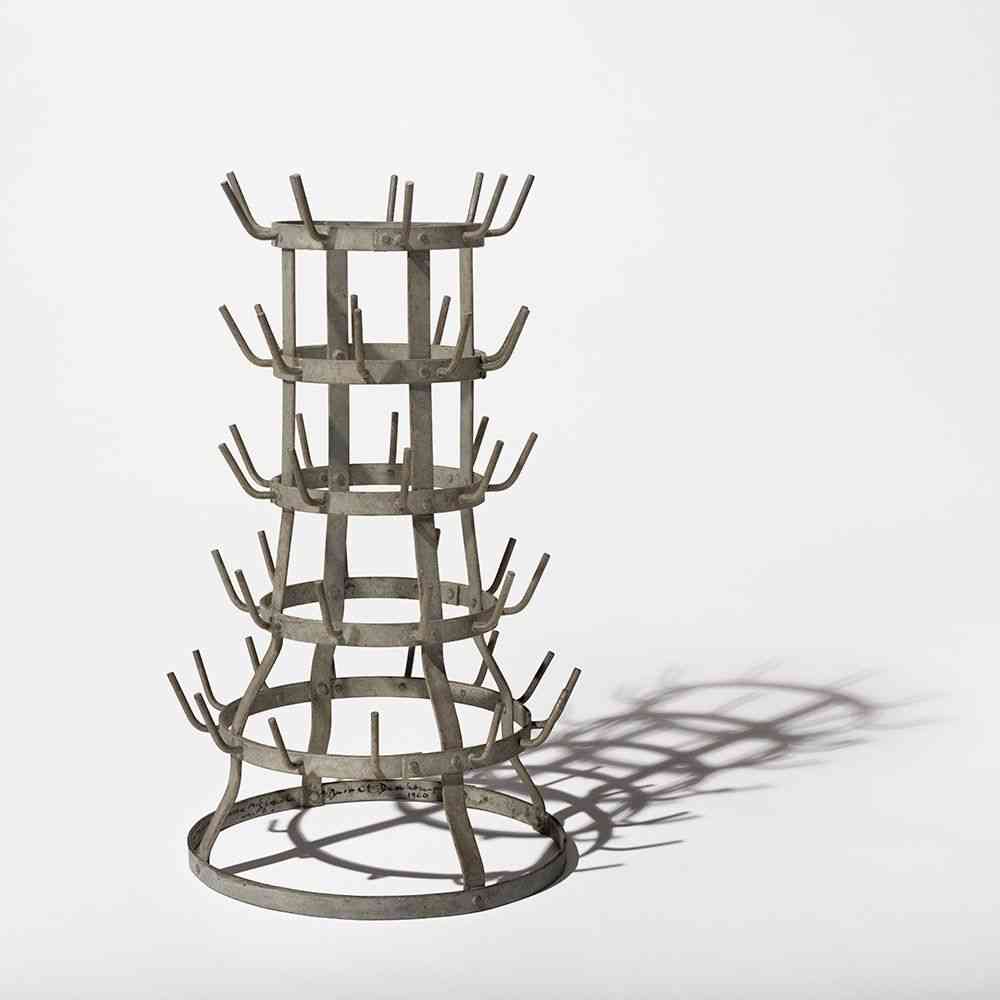Every work of art "is a product of two poles - there's the pole of the one who makes the work, and the pole of the one who looks at it. I give the latter as much importance as the one who makes it” was one of Marcel Duchamp’s most famous quotes, which not only modified and broadened the notion of art but also upset its link to the notion of beauty and aesthetic.
By introducing “fountain,” a urinal presented on its back signed ‘R. Mutt, Marcel Duchamp, revolutionized the status of the work of art in the 20th century.

This is what Duchamp calls “ready made,” a term used by him in 1915 to designate a manufactured object promoted to the status of a work of art. This revolutionary gesture of appropriation which takes the object out of its everyday context to place it in a new setting devoted to art, will modify the very notion of beauty.
Unlike previous periods of artistic creation, based on the system of "representation," Duchamp developed a system of "presentation" of ideas. He freed himself from any reference to reality to construct an evocative work. What better way to carry his poetic idea than an ordinary day to day object just like a urinal?
Marked by Dadaism and surrealism, Marcel Duchamp seeks to reinvent art as we know it, questioning his own role as an artist and the value placed on a work of art: What makes precisely a work of art a “work of art”?
Through his complex and conceptual artistic vision, Duchamp has shown how simple objects can have their share of mystery.

According to him, as soon as the artist chooses it and the spectator looks at it as such, the object becomes a work of art.
Indeed, the work of art is chosen or made by the artist who gives it a new name and a new meaning. Still, it is mainly created to be interpreted by the "spect-actor" who, thanks to his unique perception, gives it a character that is always to be rediscovered.
In other words, the power of the work is not found in the material object itself, but rather in its ability to generate questioning in the observer who is confronted with it. This confrontation forces us to think beyond the object itself, beyond its functionality, to see it otherwise and to always go further.

Thus, we understand the value held by the viewer in the artistic process because contemporary art lives only by interaction with the viewer.
‘‘Fountain’’ shows vividly that the work of art differs from the ordinary object, not in that it is a subject to aesthetic appreciation, but in that it is subjected to interpretive work: one does not interpret a urinal, but can definitely interpret the work "Fountain."
That is to say, that interpretation is an intrinsic part of the concept of art. It is said that art has 3 tones; one of creation, one of the exhibitions, and one of the demonstrations. This is why art is no longer merely a subject of contemplation or representation of an illusion of the reality of an aesthetic nature; it then becomes a subject of mental reflection which goes beyond it and goes beyond its materiality.
Just as beauty is in the eye of the beholder, art is now in the eye of the observer.


